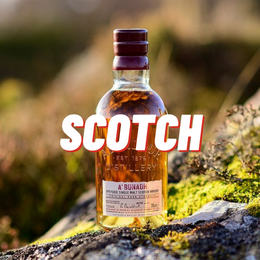
What the heck is that?
A tasting note refers to a drinker’s detailed description of the aroma and flavour of a whisky or rum. The taster looks out for 4 things:–
- the appearance or colour
- the nose
- the palate
- the finish
The drinker would also share their overall impression of the bottle and how much they enjoyed it. They may even discuss the memories evoked by the drink, like how smells of plywood and linoleum evoke “a Saturday morning at Ikea”.

What are they for?
Tasting notes serve 2 functions.
Firstly, they help consumers decide on which are the right bottles would enjoy. Reading tasting notes give you a general sense of the aroma, flavour profile and mouthfeel of a spirit. They also help you decide between different expressions from the same brand.
Secondly, even after you have purchased the bottle, it would be nice to have someone to discuss the subtle flavours and complexities of the drink. Tasting notes now provide a friendly route map of what to expect. This might help you identify more subtle nuances and dimensions in the drink.
Ever smelt a distinctive scent that you are extremely certain you have smelt before, but have no idea where you did? Sometimes, reading the tasting notes might help you find exactly what you were looking for. “Aha! This does remind me of overripe bananas!”
Should I write my own tasting notes?
Yes! Taking notes may seem banal or excessive. However, taste over a dozen whiskies or rums and you will probably not remember how the third drink tasted.
Jotting down tasting notes are just like snapping a photo of a place you want to remember. They eventually become a useful directory for you to refer to after you have tasted a multitude of drinks over years and years.
Doing so also hones your nose and palate. The exercise helps us articulate our tasting experiences and identify the subtler notes of the drink.
What are the 4 things to look out for when drinking whisky? Find out here!







